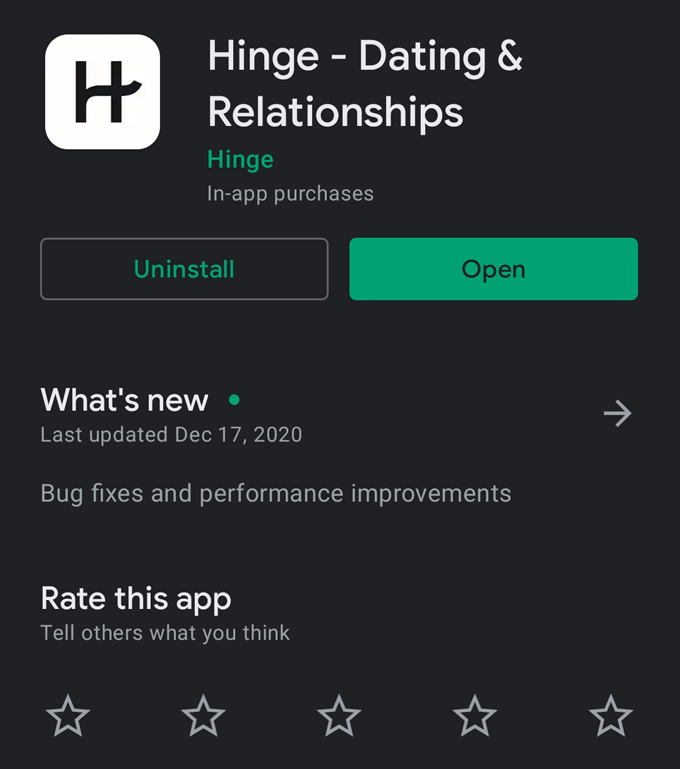

If you share friends or likes on Facebook, you see that, too. You get to see all their pictures, how close they are to you, how recently they logged in, and a short "about me" section. But pulling up a profile (like this one, which Jimmy Fallon and the staff of The Tonight Show cooked up for Britney Spears) looks quite different in Tinder: That's not too different from Hinge's main screen the main contrasts are that Tinder shows you shared interests and Hinge shows you the user's employer and/or school, which is potentially more illuminating. You can also swipe through any photos he's uploaded users also have the option of adding a short "about me" section. You can see his height, his college and grad school, any friends you share, and a variety of self-descriptive tags that Hinge lets you choose from (including "country clubber," "bookworm," "joker," "smoker," and "midnight toker"). You can also pull up Ed W.'s profile for more info: But you can't scroll through them - you have to click the heart (to like them) or the X (to pass) on the profile at the top before you can move on. See the little dots to the left? Those represent how many matches you have to choose from at that moment. Here's a typical screen a Hinge user will see upon opening the app: 3) Okay, what does this look like in practice? Tinder will tell you if a user happens to have mutual friends with you, but you can't screen to see those users first. But the focus is on finding people who are somewhere in your social network. If nobody is friends with your friends - or if you've already made your way through all those potential matches - the app starts recommending more tangential connections, like people whose Facebook friends share Facebook friends with you. The main difference, though, is that Hinge focuses on matching you with people you share Facebook friends with, if you have a Facebook account. Previous iterations of the app gave users new potential matches once a day, but now matches come in a regular trickle, like Tinder but with lower volume. While Tinder gives you a never-ending stream of nearby users, Hinge only provides a select list. In both apps, you build your profile by importing pictures and other personal information from Facebook.īut that's where the similarities end. When you sign up, you are presented with a list of fellow users according to criteria you specify (age, gender, physical proximity to you) if you like them and they like you back, you're matched and can message each other. The basics of Hinge are very similar to Tinder.
#Download hinge dating app android
Hinge is a smartphone dating app, available for iPhones/iPads and Android devices, that's oriented toward relationships rather than hookups and tries to match you with people your friends know and can vouch for. Hinge is growing fast, and it's worth getting to know it. That's a pretty rosy assessment, but the analogy is not all wrong. "The best analogy is MySpace versus Facebook," Hinge founder and CEO Justin McLeod said on CNBC in February. For now, it's much less popular than Tinder, but dominant social networks have been dislodged before, and Hinge's focus on making connections through people you already know could win out. But it's not the only location-based dating app. Tinder - the massively popular smartphone app that has radically simplified the process of online dating - is becoming a household name. For a more recent Hinge explainer, please read Kaitlyn Tiffany’s piece here. Note: this piece came out in March 2015 and since then Hinge has been totally overhauled, so much of what’s below is very outdated.


 0 kommentar(er)
0 kommentar(er)
